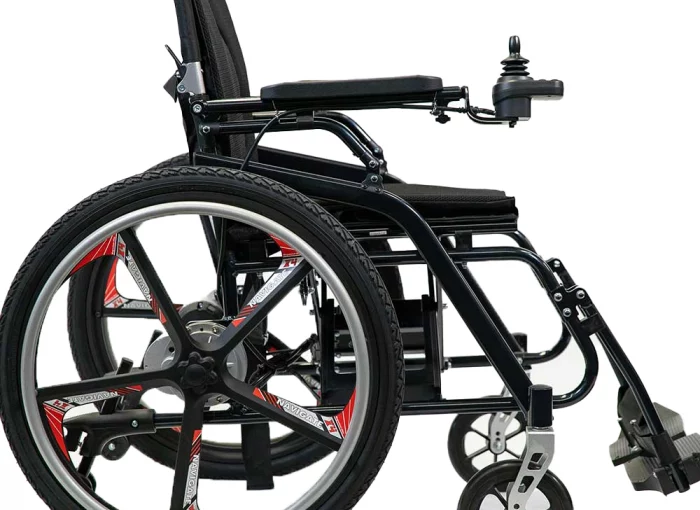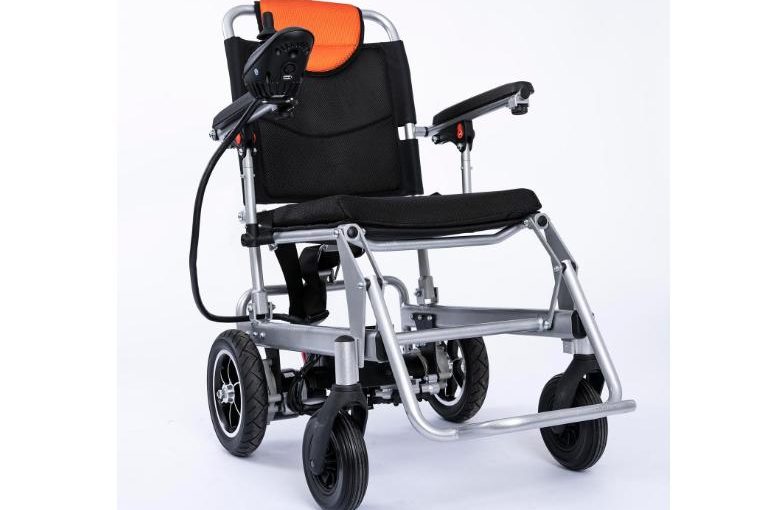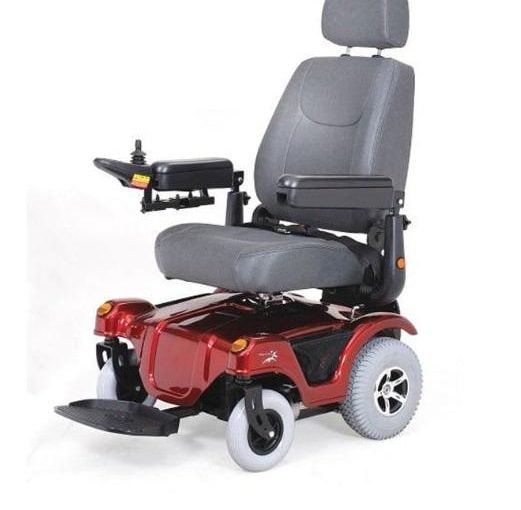What active wheelchair rider hasn’t inadvertently crashed into a couch or fallen over a curb, often ending up with injuries? (Or nearly did). Traditionally, wheelchairs, scooters, and other types of mobility equipment have not been known for their safety, accessibility, or level of comfort. However, with rapid technological advancement in the healthcare industry, the wheelchair space has come a long way, and the future looks bright. To begin, let’s take a look at the humble wheelchair.
Continue reading Wheelchair Advancements: Then vs. Now


